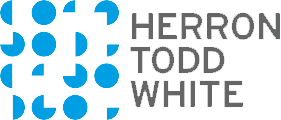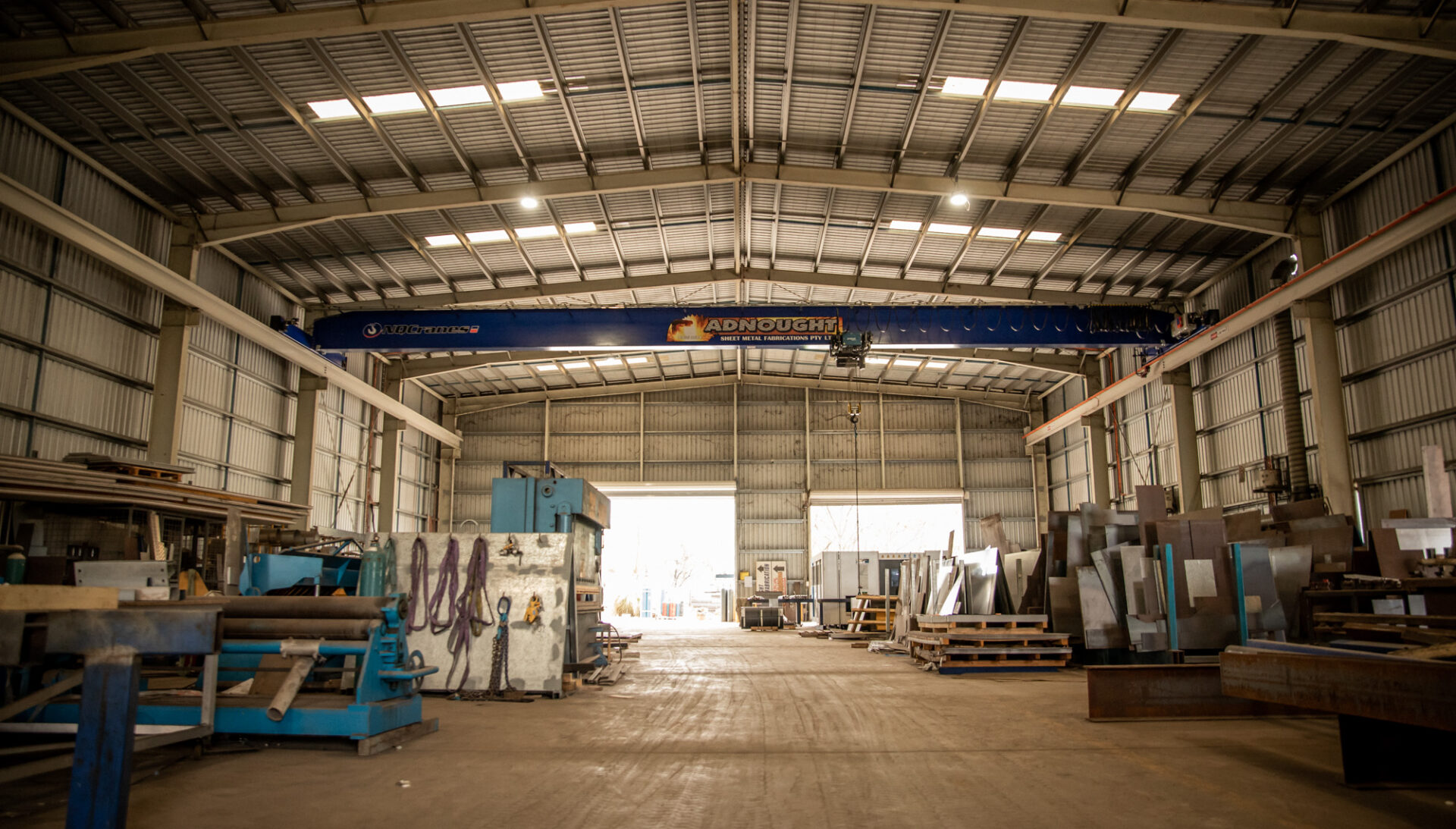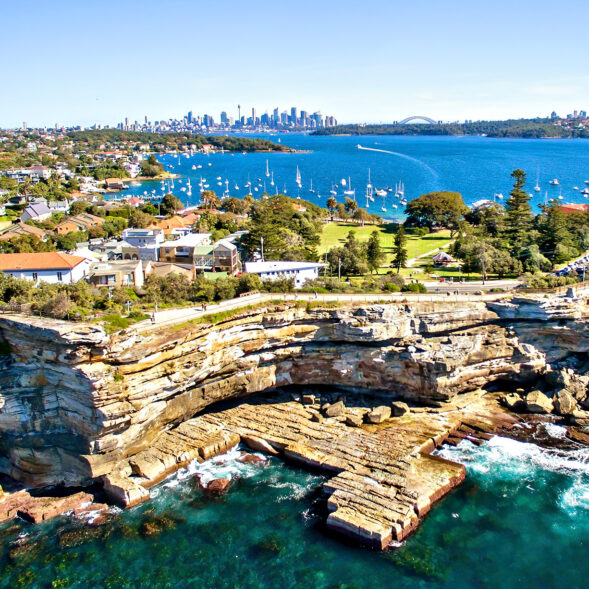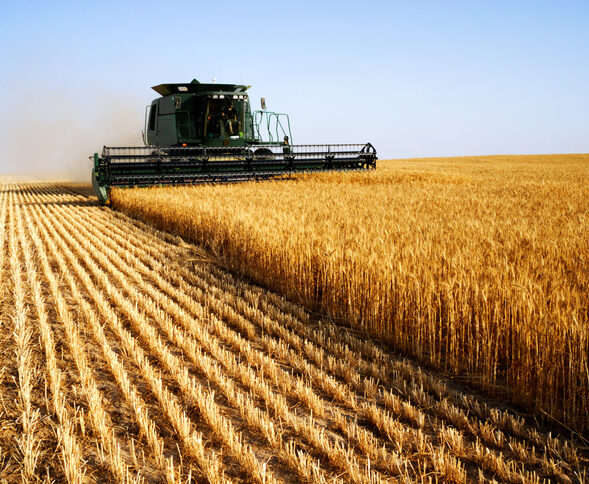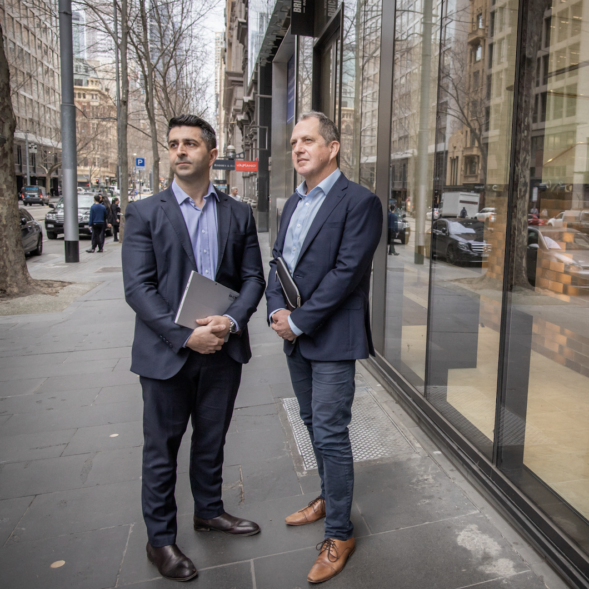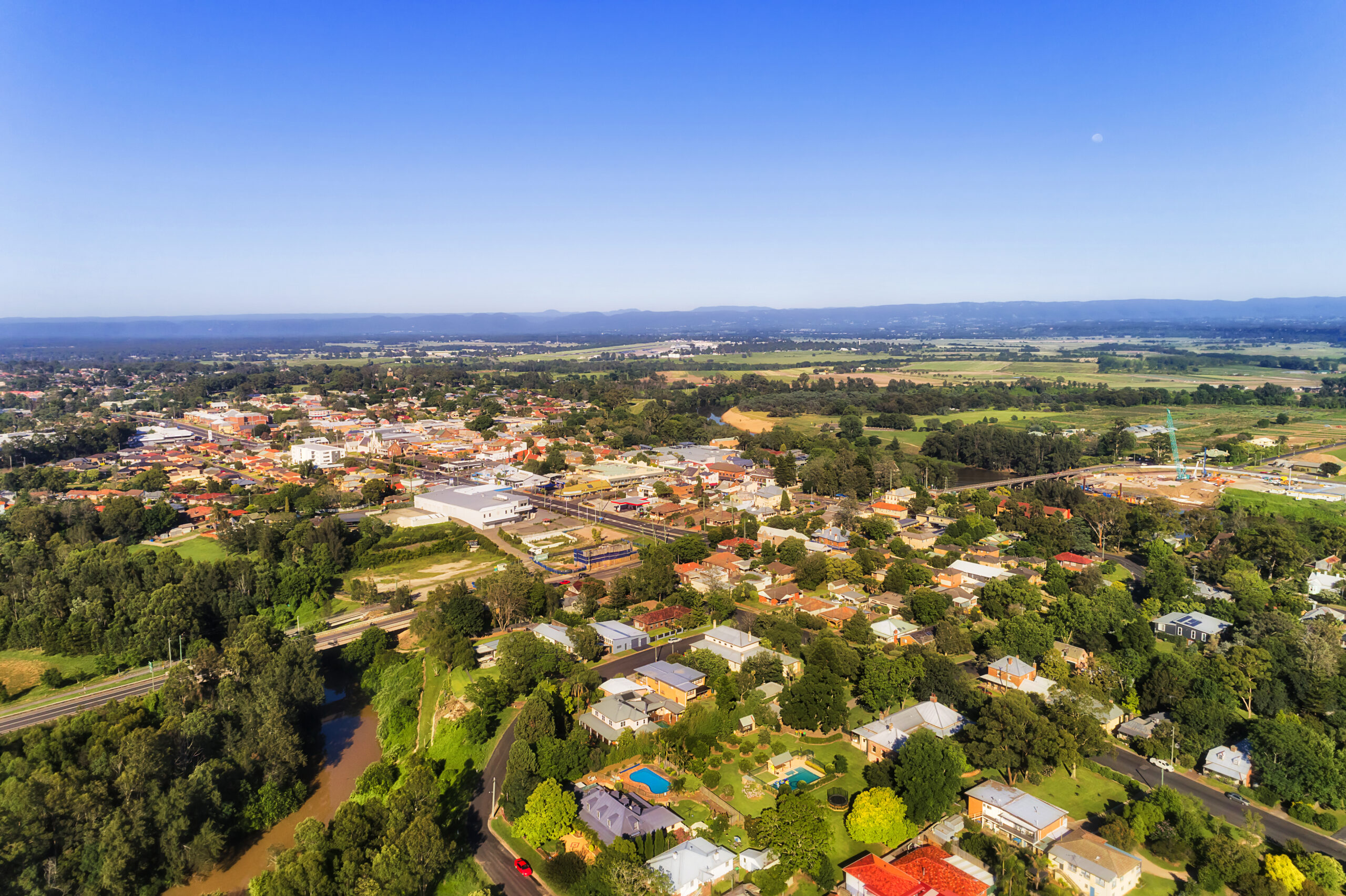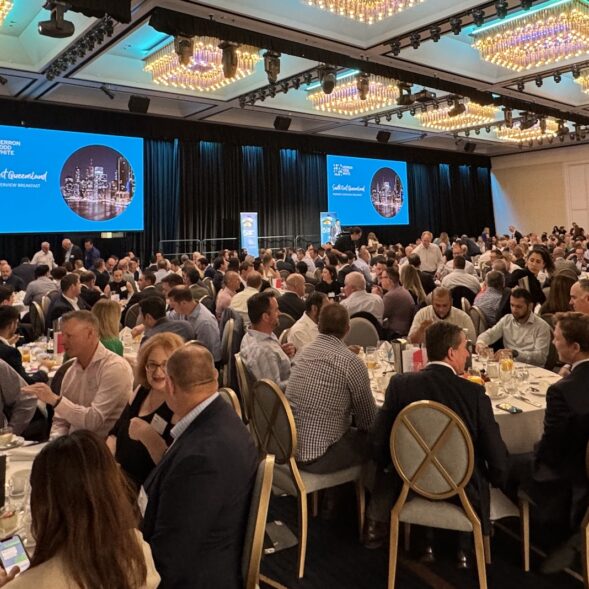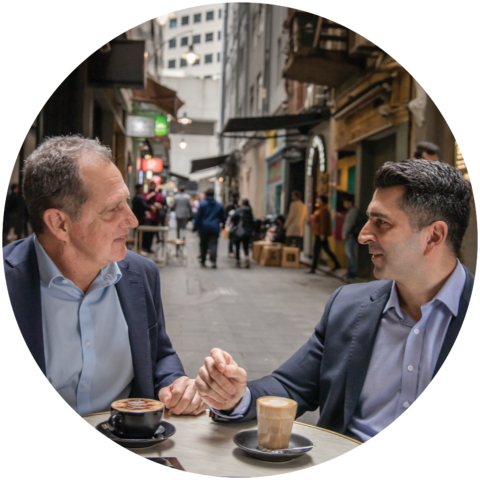Here’s a big picture overview of markets around Australia to help frame the more detailed submissions from our valuers this month.
Melbourne’s industrial market has experienced a period of stability in recent months, with land values for smaller to medium-sized lots (under 5000 square metres) remaining stable and growth stagnating. Transactions for larger industrial lots (one to five hectares or more) have been infrequent whilst the rental market has seen modest growth, with net face rents increasing slightly, though leasing activity has slowed significantly, particularly between mid-2024 and early 2025. Vacancy rates have risen slightly, and incentives are becoming more common as a result.
On the investment front, prime industrial yields have remained stable, ranging from 5.50% to 6.50%. The east and south-eastern precincts offer yields at the lower end of this range, while northern and western precincts are closer to the median. Like most capital city markets, the city fringe areas typically achieve firmer yields of between 5.25% and 5.50%. Secondary yields typically range from 6.50% to 7.25%.
In south-east Queensland, land values have been driven by a lack of supply, with prices continuing to grow. The rental market has also improved, particularly for larger tenancies, where rents have increased from around $120 to $130 per square metre to $170 to 180 per square metre in recent years on the Sunshine Coast, while prime areas in Brisbane such as the TradeCoast continue to achieve the highest rents in the Brisbane market of over $200 per square metre. Agents are reporting however that leasing above 5000 square metres has slowed due to significant take-up in recent years. The sub-5000 square metre market across the Sunshine Coast, Gold Coast and Brisbane continues to be very strong. For prime assets, yields are expected to be in the 5.50% to 6.50% range, with potential for a 1.0% softening in yield for secondary assets. In Brisbane, land values have been strong, continuing to rise over the past 12 months.
Prime sites such as those in the TradeCoast Precinct have surpassed $1000 per square metre for a 5000 square metre lot, with outer areas consistently seeing values above $700 per square metre. The Gold Coast land market is also performing extremely well, with some high rates being achieved in Yatala and Burleigh Heads, north of $800 per square metre.
In the north, Darwin has seen a modest increase in rental growth for better-quality, larger industrial spaces after several years of stagnant or declining values. However, land values have been held back due to an oversupply of land and limited demand, partly due to high construction costs making new developments unviable. A recent sale of 31,200 square metres of waterfront industrial land in the Darwin CBD highlights the market’s condition, with the land selling for $242 per square metre, a significant drop from $414 per square metre in 2008. Yields for good-quality industrial property assets in Darwin are typically between 7.00% and 8.00%, with a premium of up to 2.0% for secondary properties due to the abundance of older-style accommodation.
It is a similar story in South Australia and the west, with the main talking points revolving around industrial land. Adelaide’s prime industrial areas of Wingfield and Regency Park, approximately 11 kilometres north-west of the Adelaide CBD, have seen land rates for industrial-zoned lots increase from around $350 per square metre pre-COVID-19 to almost $1000 per square metre in 2025. 1 Johansson Road, Wingfield, a 4197 square metre vacant corner site, sold for $4.008 million in September 2024 at $954 per square metre, setting a recent benchmark. In Regency Park, Pepsico purchased 9-15 Wirriga Street at approximately $682 per square metre in July 2024. The 3.7-hectare site, previously owned by Cleveland Freightlines, comprised an underdeveloped, near-level parcel with dual street frontages. Pepsico intends to redevelop the site as its main manufacturing plant.
Meanwhile, in Perth, land values in secondary industrial locations have surpassed $600 per square metre, caused by a significant undersupply of development-ready land and limited prospects for additional supply entering the marketplace in the coming 12 months. Yields in both locations mirror other parts of the country in line with the cost of debt. Like the major centres on the eastern seaboard, owner-occupiers are driving most transactions. While the market in Perth experienced rental stagnation throughout much of 2023, it appears this sector has once again grown over the past three to six months, with rents for modern prime accommodation between $170 and $200 per square metre not uncommon.
Lastly, Sydney is still facing a supply shortage. 2024 was a year of stagnation with no significant capital value growth and there is a real possibility of further slowing this year. Yields for prime industrial assets in Sydney are currently sitting around 5.25% to 5.50% with secondary assets slightly softer than this. In the land market, a property in a popular industrial area in south-west Sydney sold for $28 million at $1321 per square metre, showing solid demand for quality sites, even though it took about a year to sell. Rental growth, as in other parts of the country, experienced an upward trend in 2023 and early 2024, however this has stabilised and the outlook for 2025 is limited growth.
Overall, the industrial market across the country continues to show signs of strength and stability, with variations depending on the specific location and type of asset. Growth remains more prominent in markets with limited supply, while Darwin continues to face challenges in land value appreciation.
